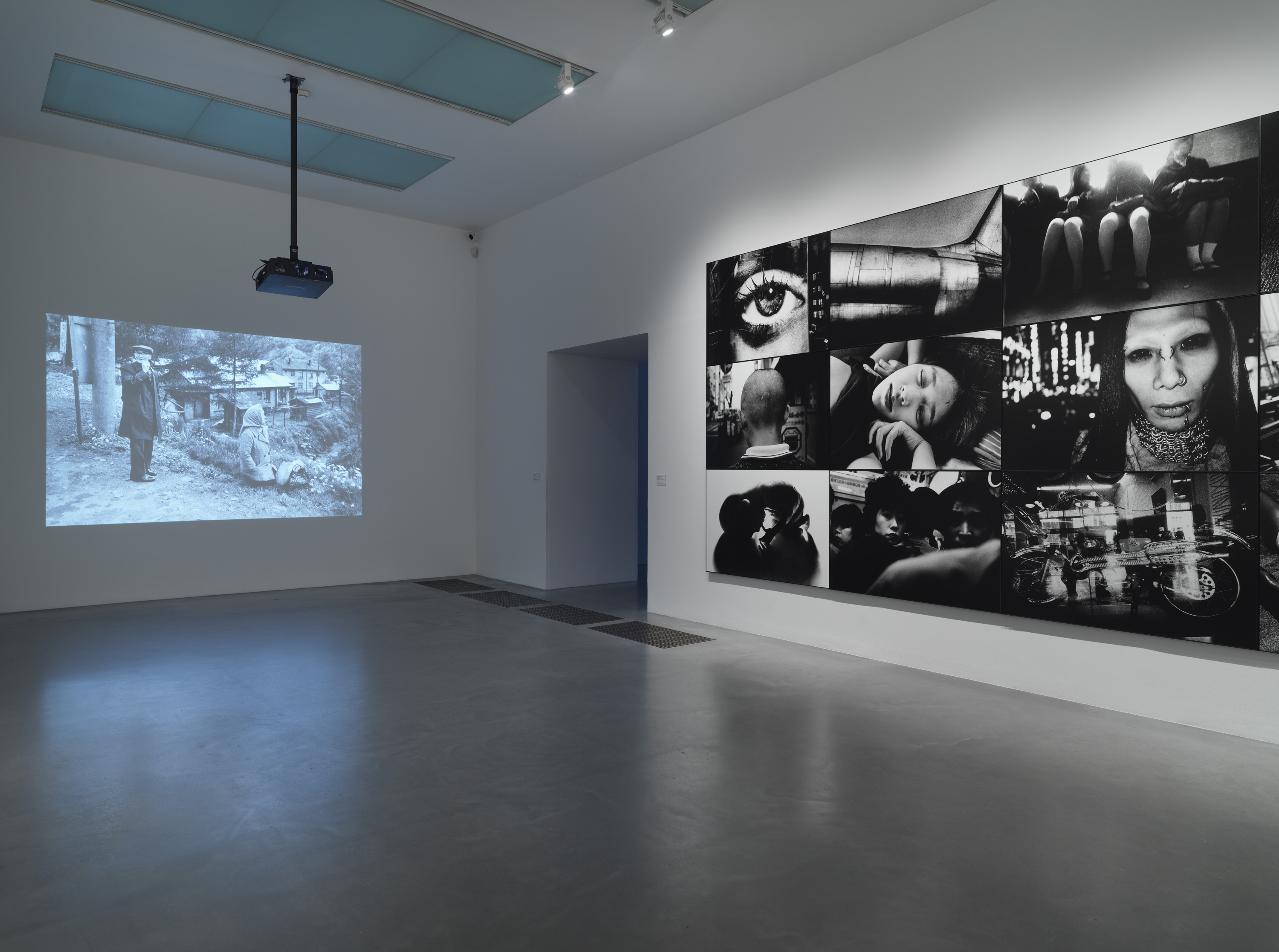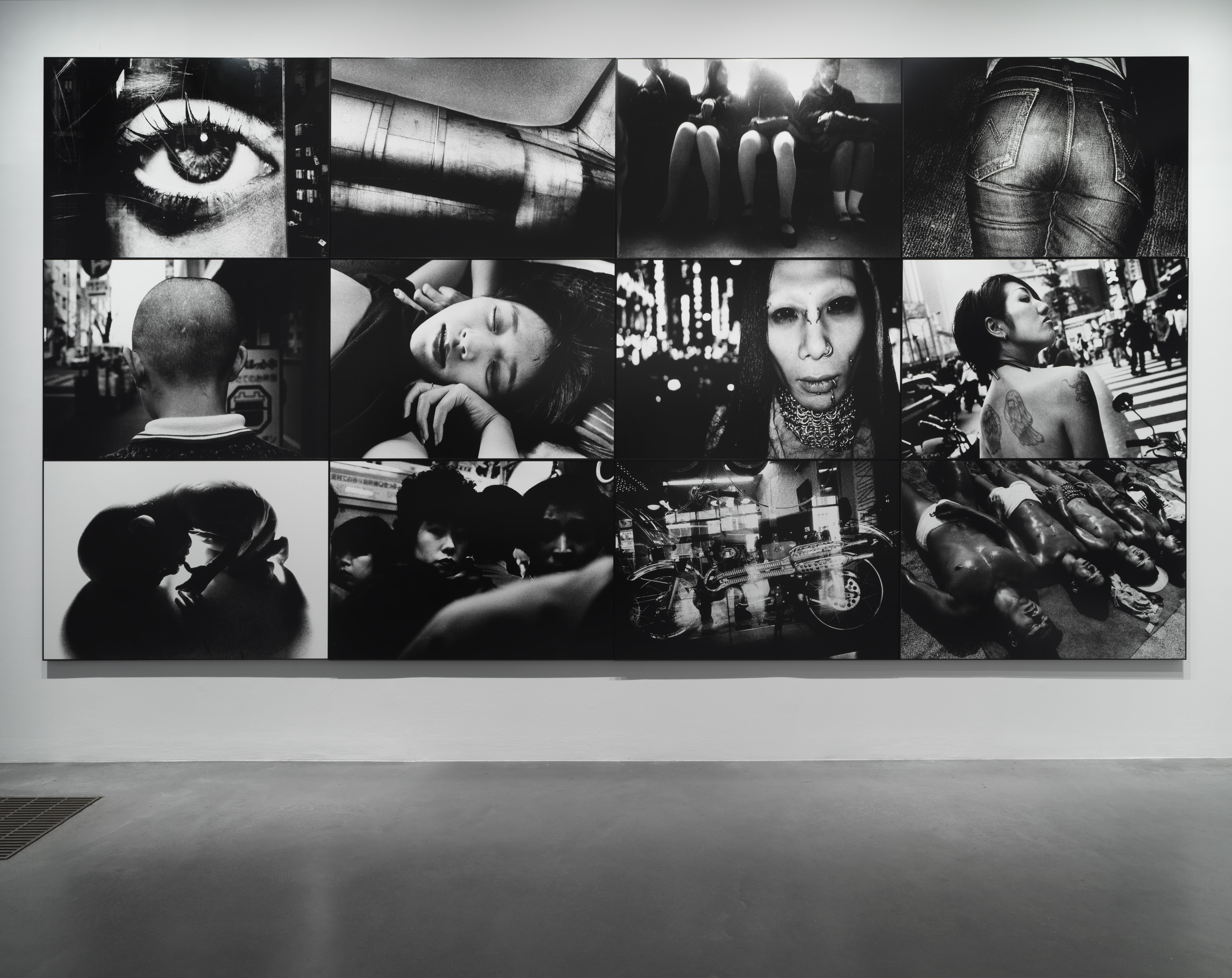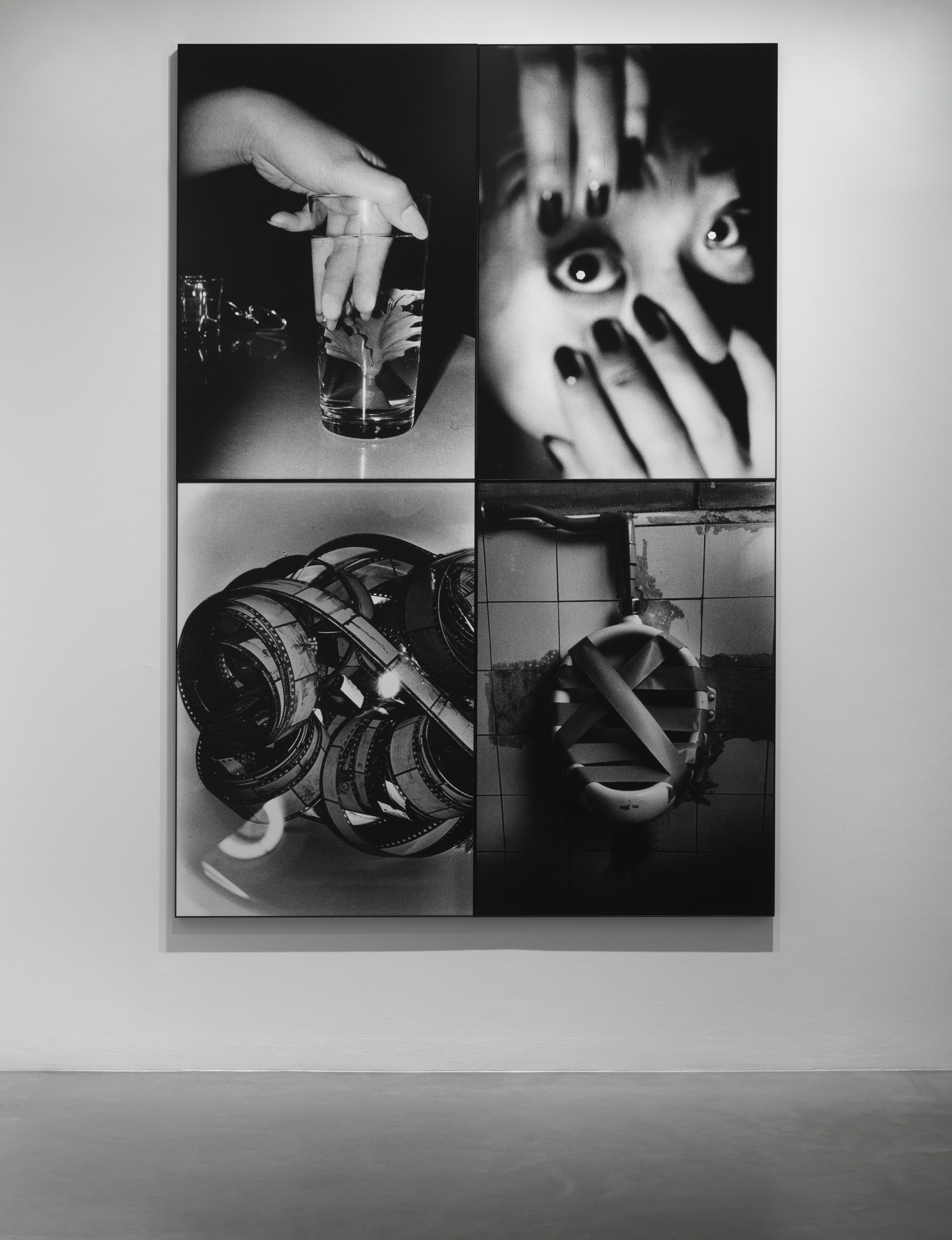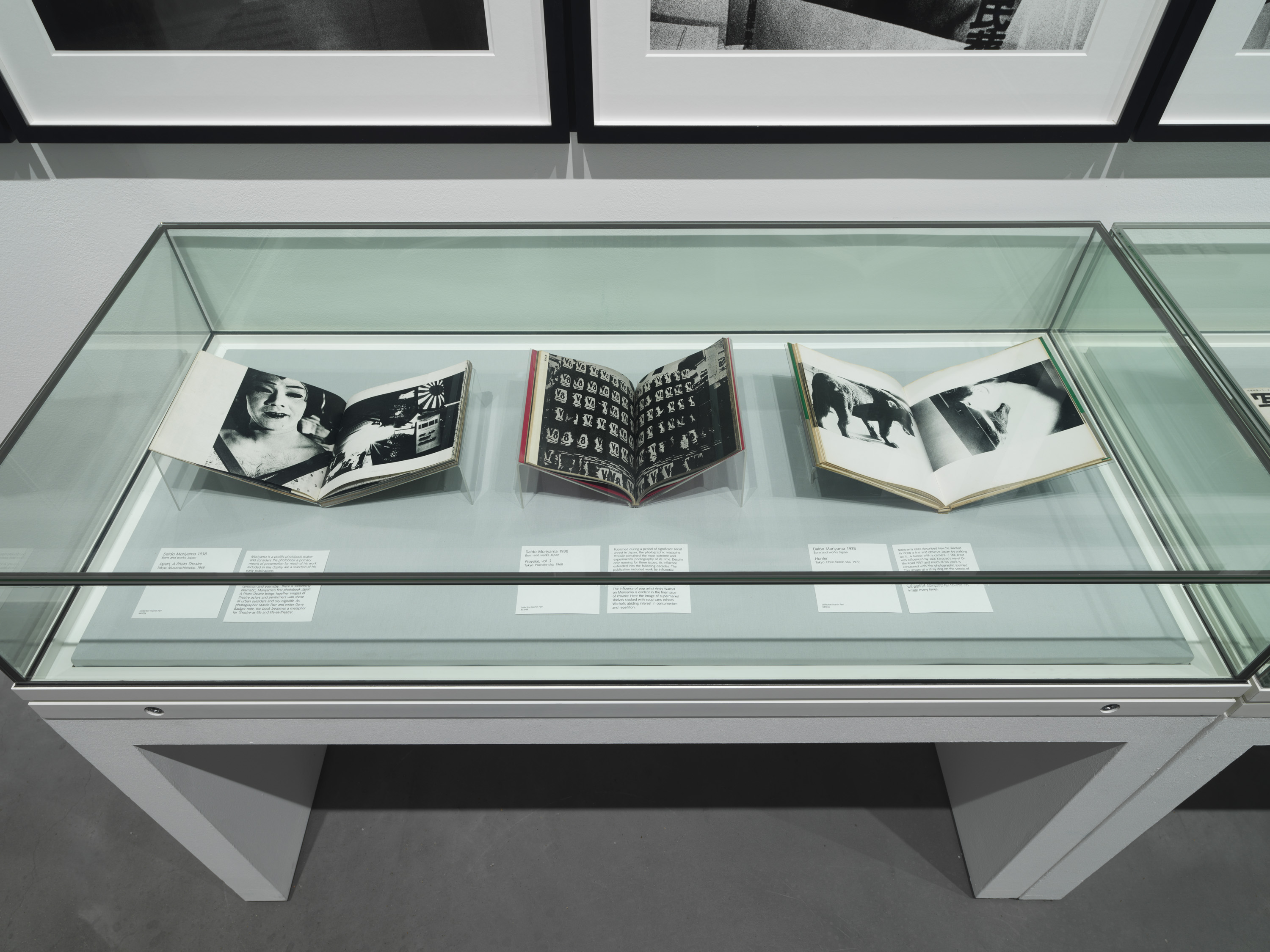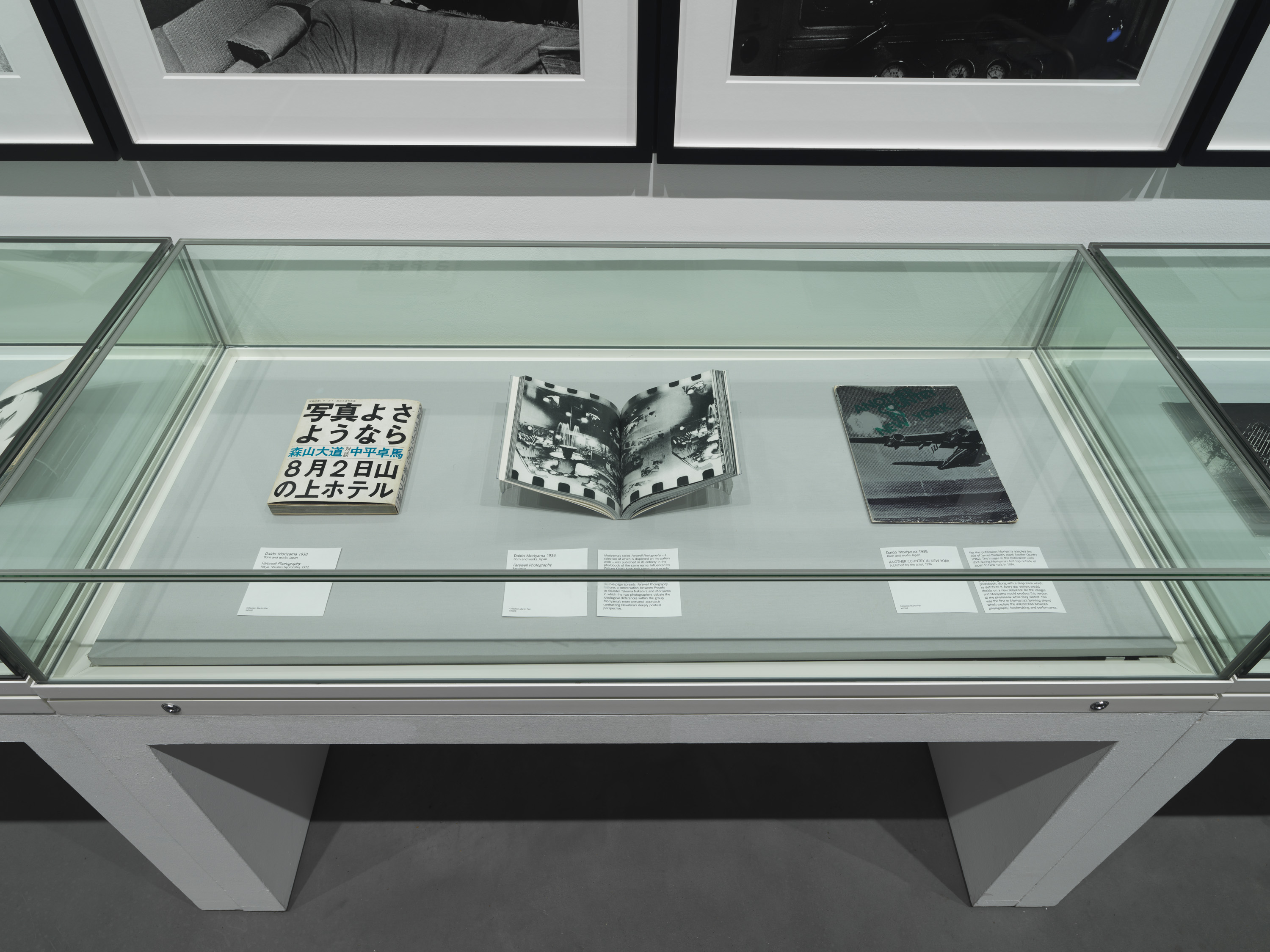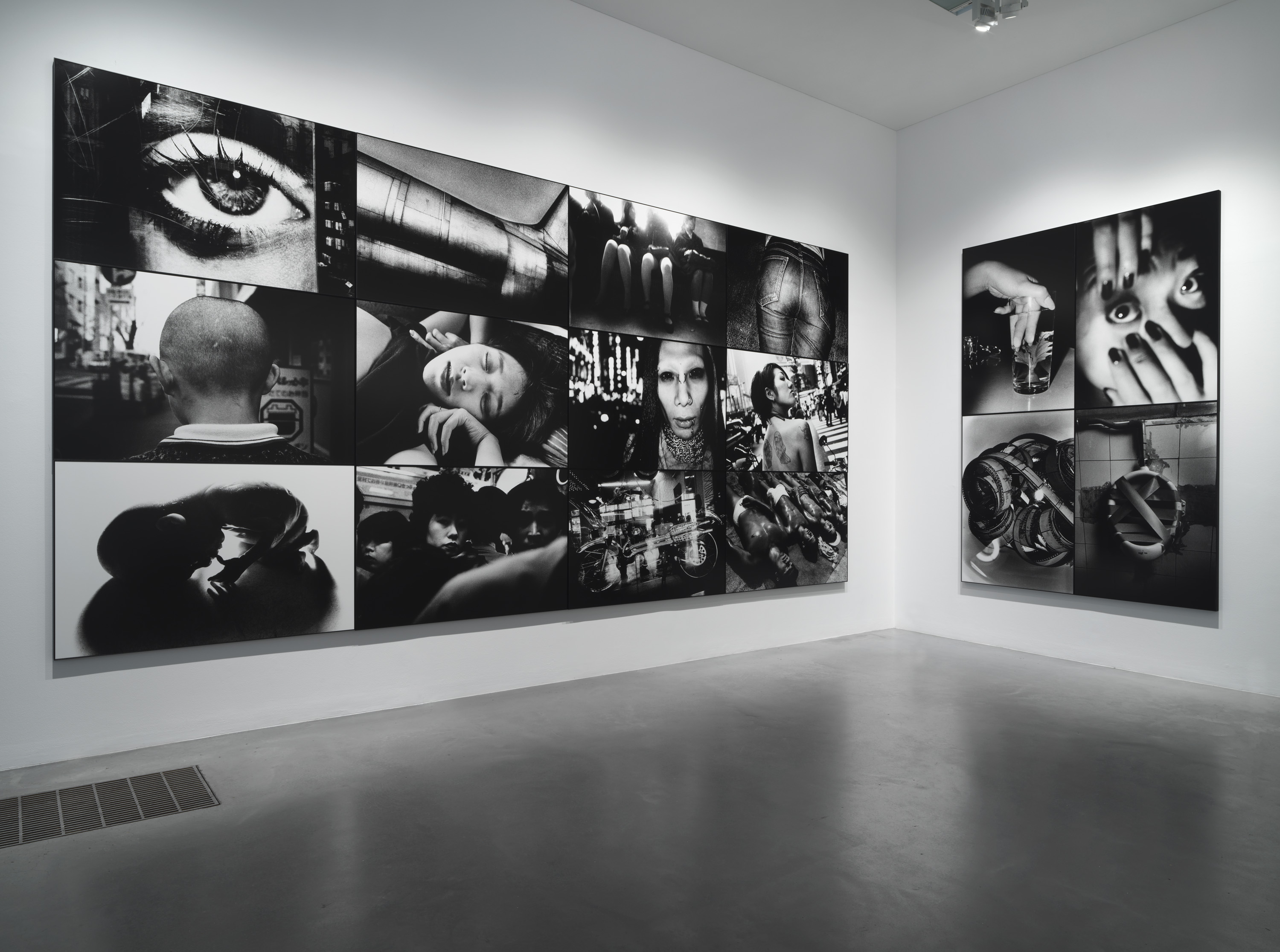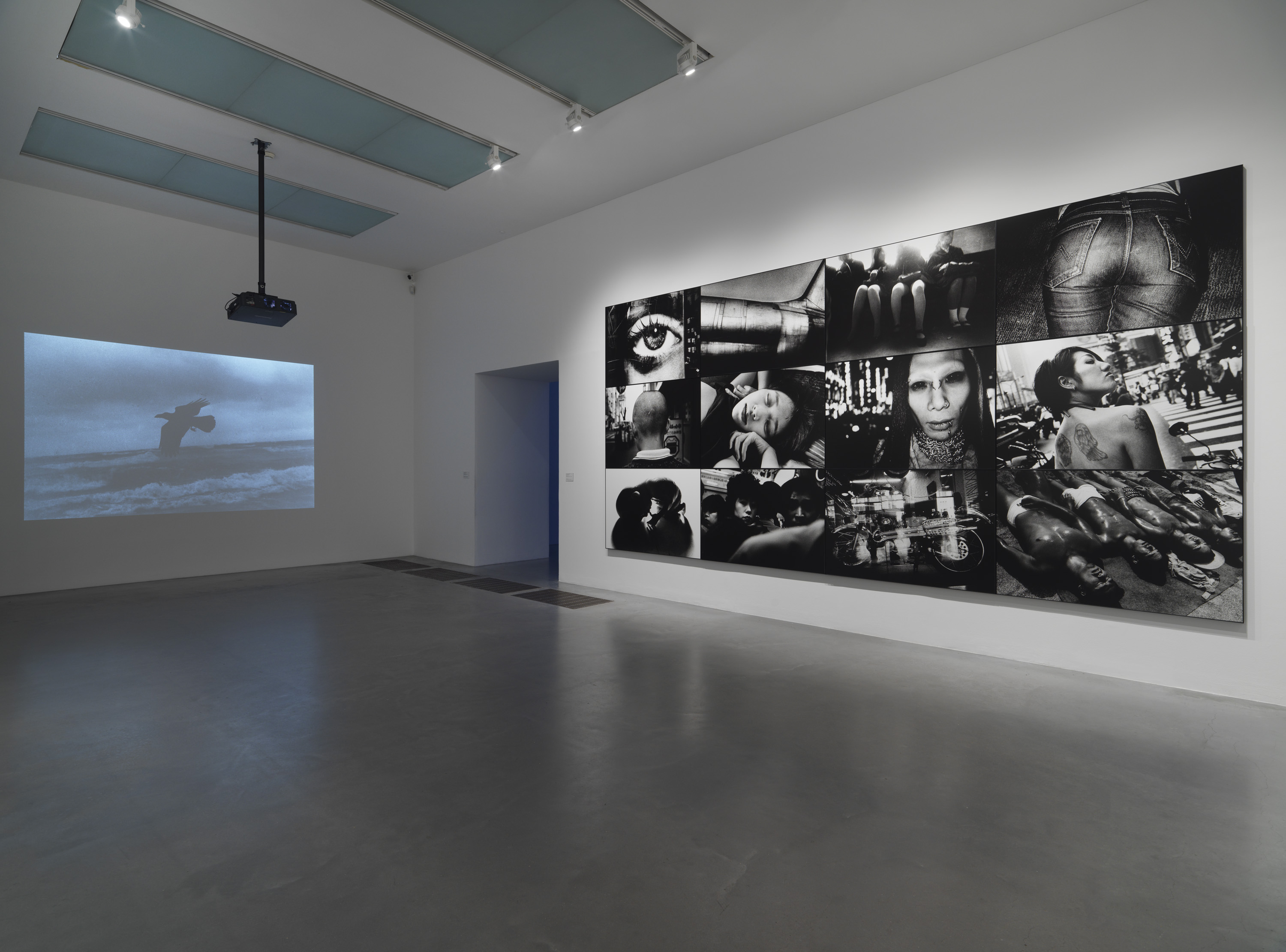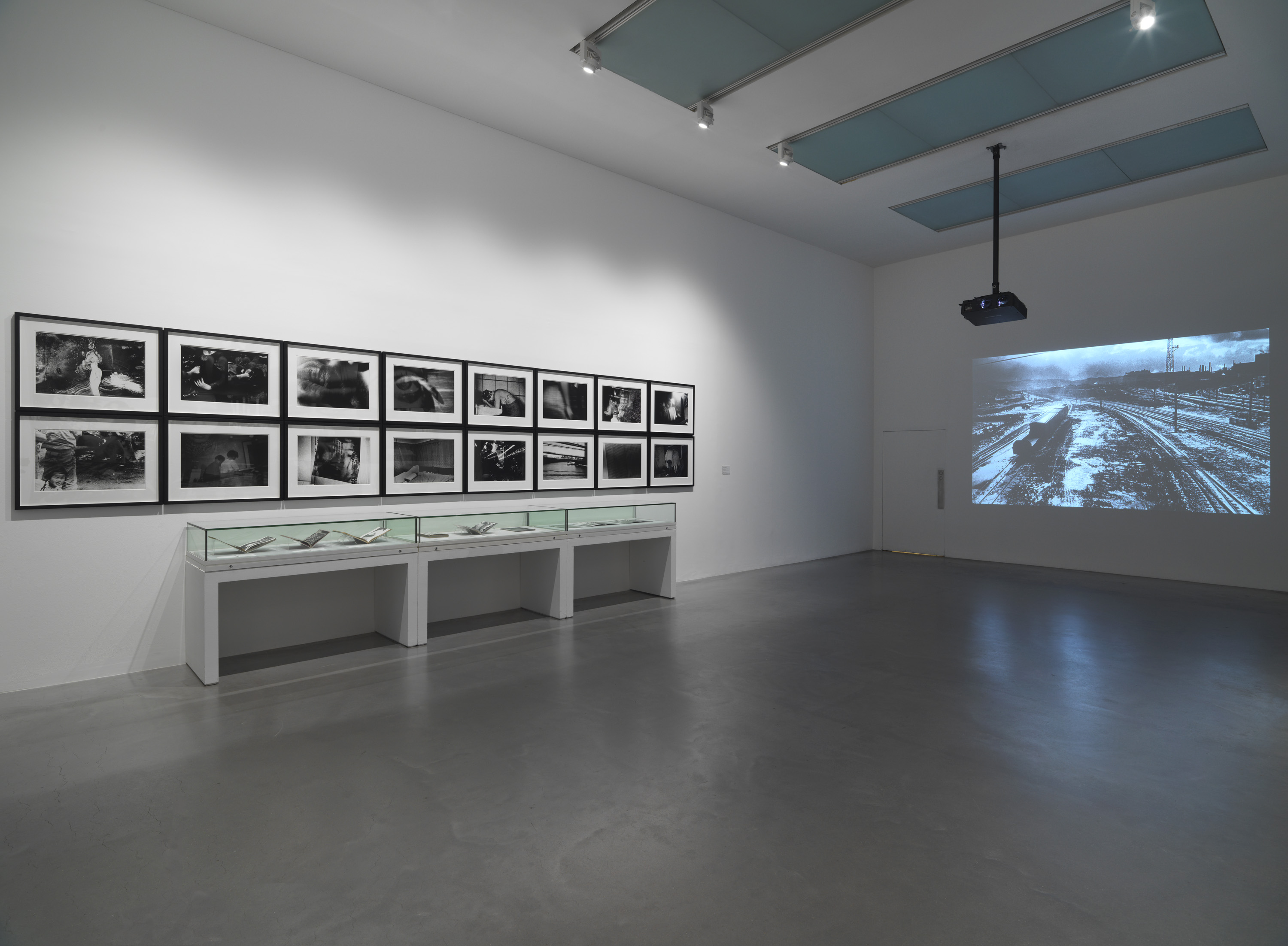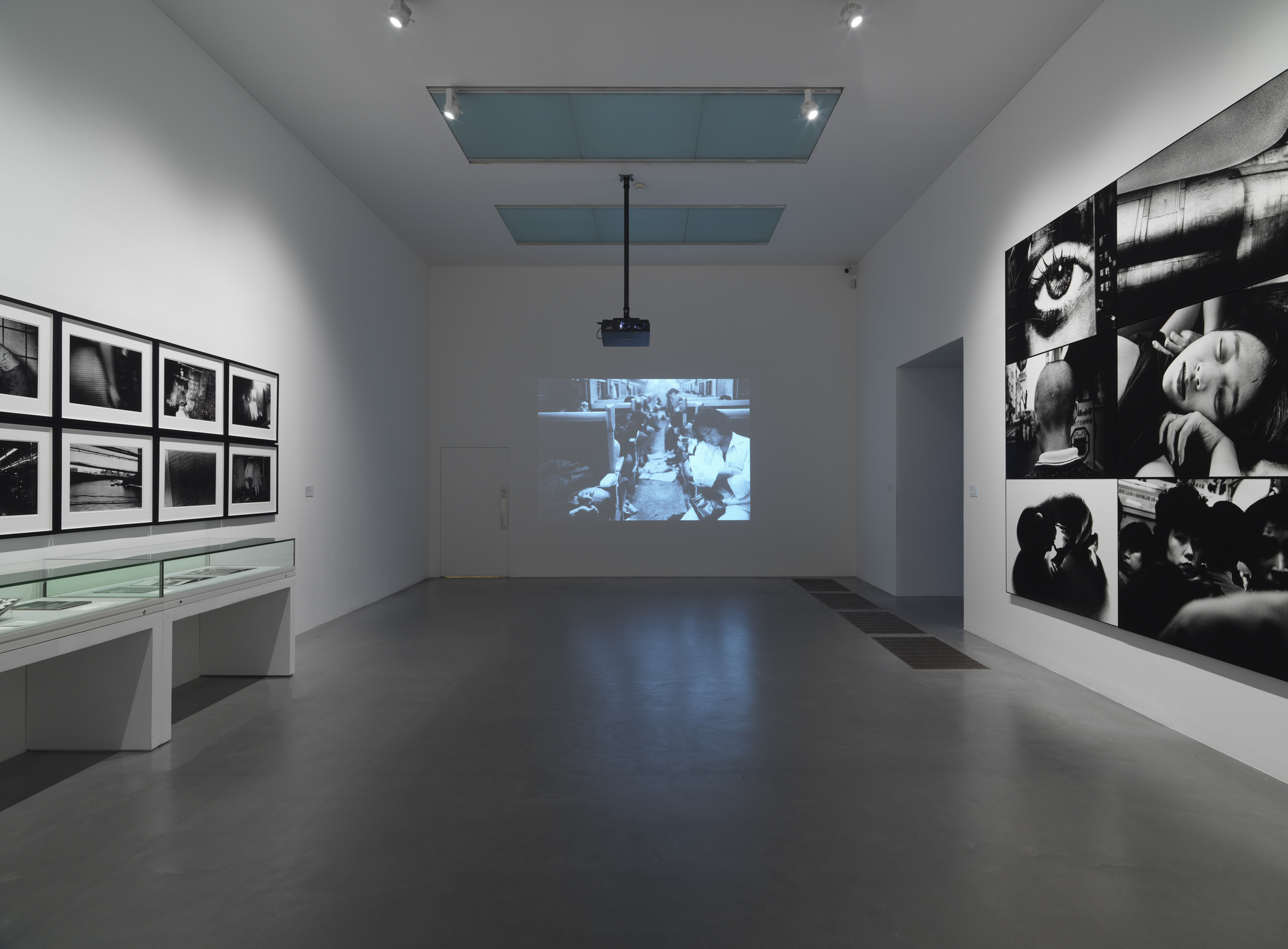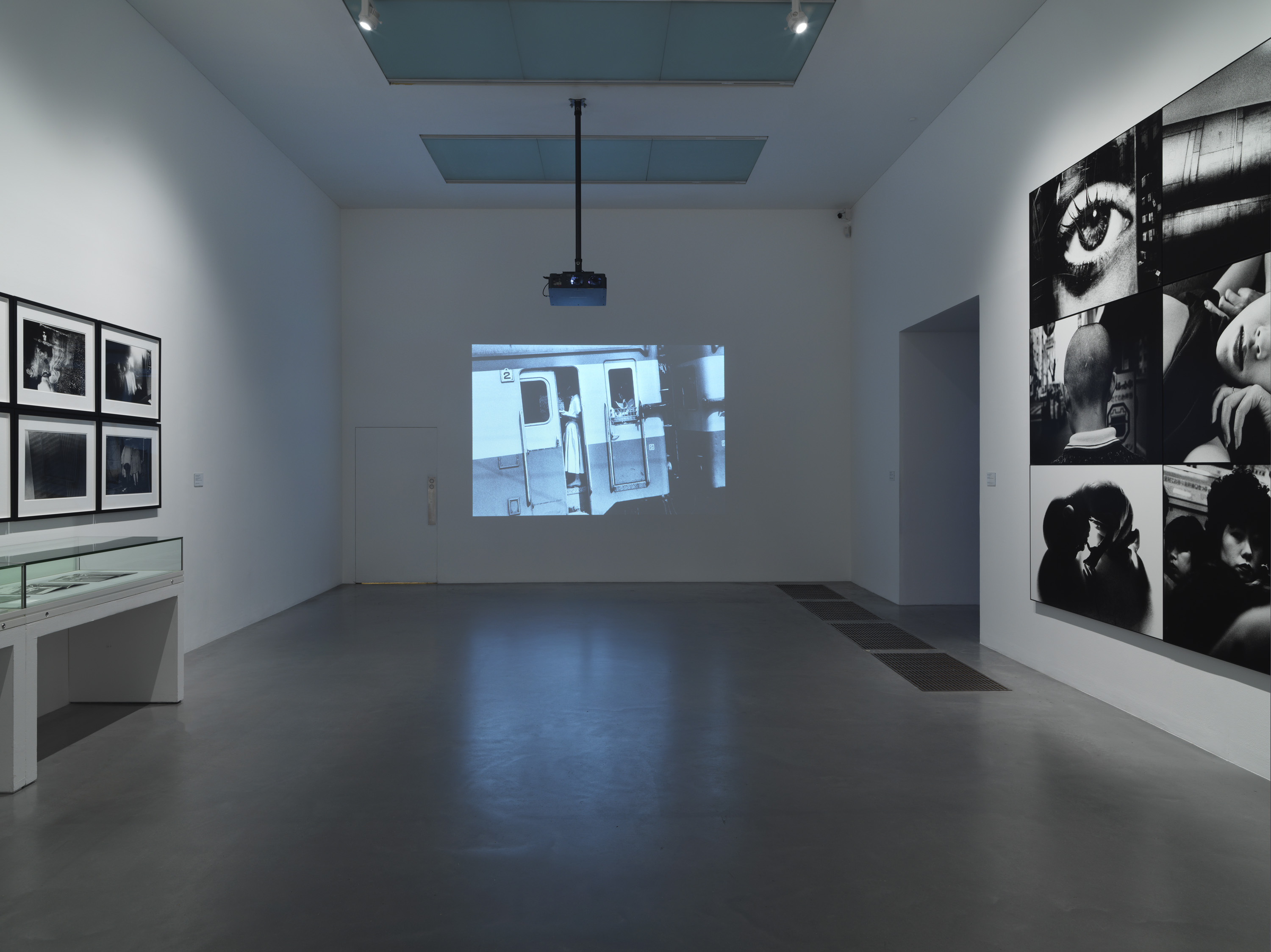Daido Moriyama, London
Date
-
Location
Tate Modern
About
Moriyama is one of the key figures associated with Provoke (1968–70), an influential photography magazine that rejected photojournalistic conventions of objectivity and clarity. Moriyama explained how he used photography to convey his subjective experience: ‘By taking photo after photo, I come closer to [...] the fragmentary nature of the world and my own personal sense of time.’
In Farewell Photography the energy of the modern city is expressed through images which provide an impression rather than a faithful representation of the urban environment. Moriyama’s approach included re-photographing images, working without a viewfinder and embracing printing errors. The resulting photographs are blurred, scratched and grainy. By pushing the medium to the limits of legibility Moriyama attempted to go ‘to the end of photography’.
The photographs in the slide projection were shot on the Japanese island of Hokkaido. Moriyama compulsively photographed this landscape during a time of personal crisis, working through 250 rolls of film. He kept these undeveloped images for 30 years before printing them. In contrast to the claustrophobic energy of Moriyama’s images of cities, the open spaces of Hokkaido suggest feelings of loneliness and isolation.
Moriyama has defined the photograph as ‘a fossil of light and time’. Memory draws together a range of images taken by Moriyama over many decades. The series underscores photography’s ability to preserve but also add depth and resonance to memories, and highlights how Moriyama re-uses and re-thinks his own work.
Find out more about Daido Moriyama

